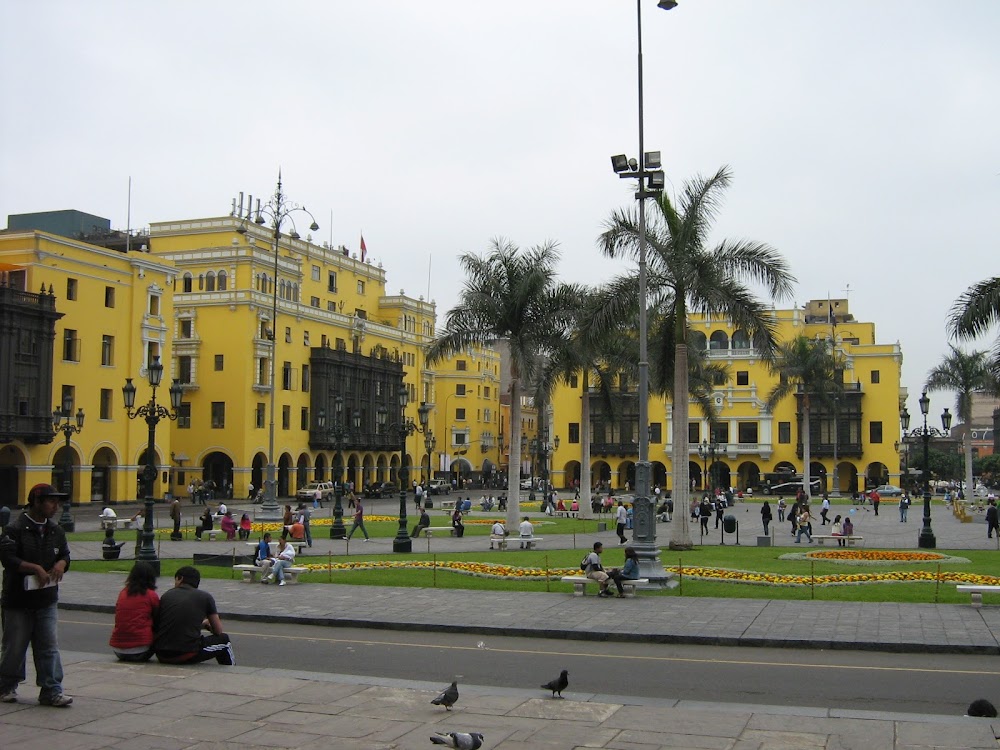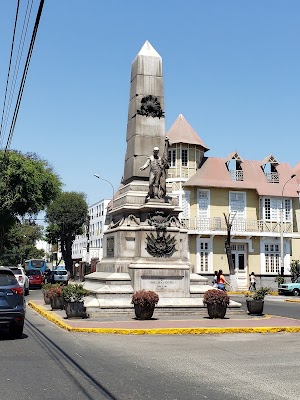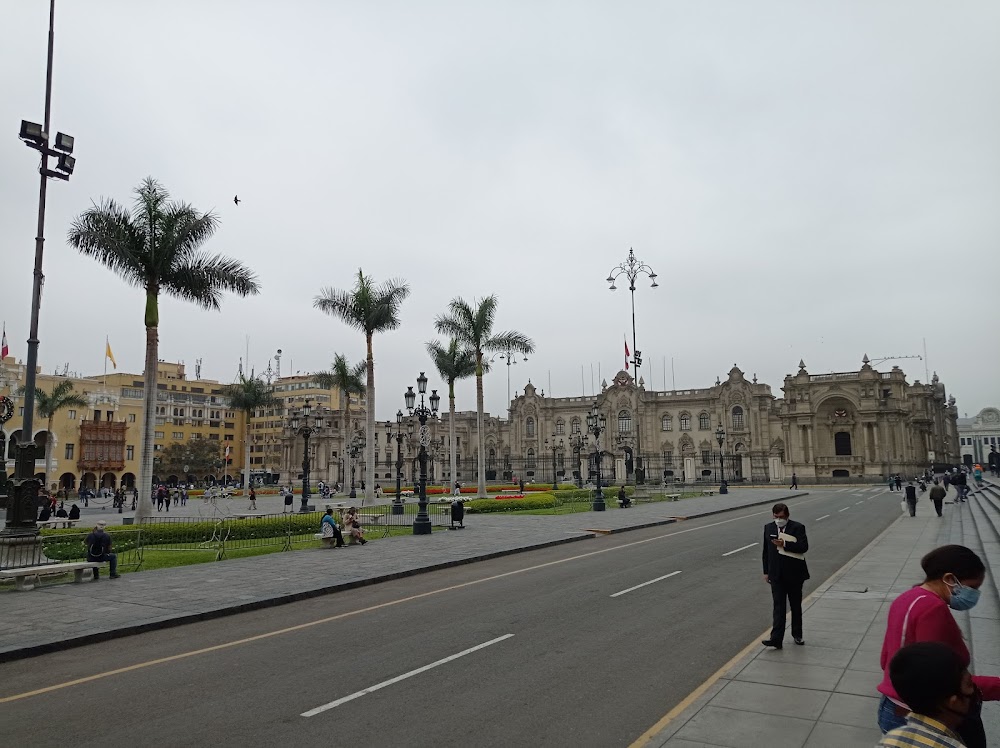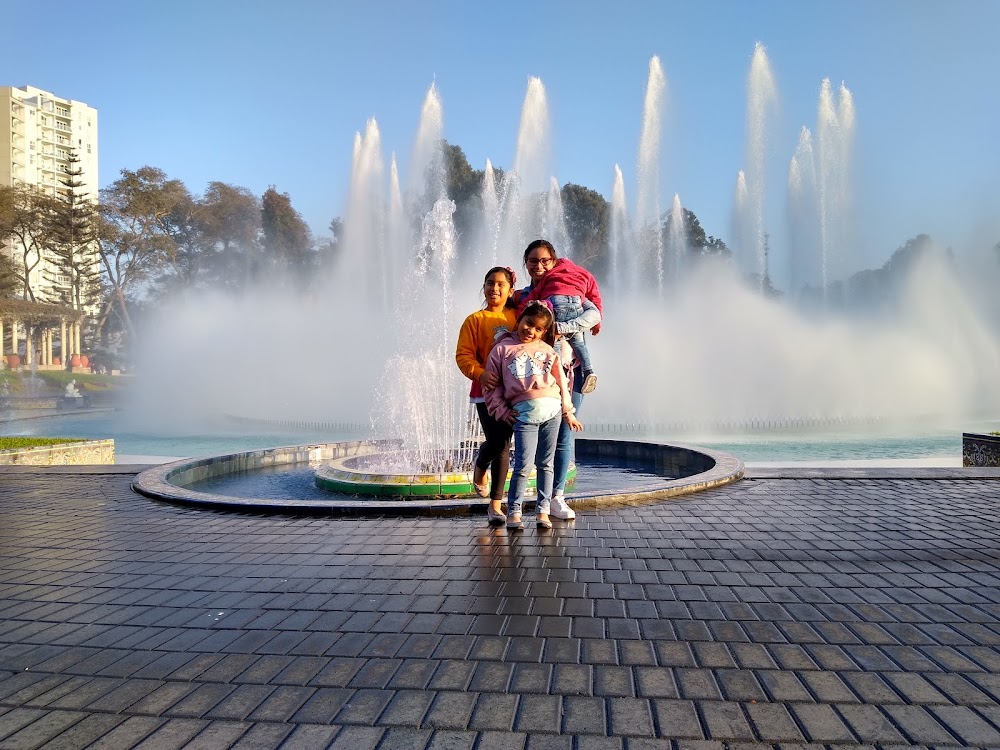Historic Centre of Lima (Centro Histórico de Lima)
Overview
The Centro Histórico, or Historic Centre of Lima, is a captivating testament to Peru's rich cultural heritage and colonial history. Founded by Spanish conquistador Francisco Pizarro on January 18, 1535, following his conquest of the Inca Empire, Pizarro originally named it the "City of Kings" (Ciudad de los Reyes), symbolizing the Spanish Crown's dominance in the New World.
To create this vibrant city, laborers utilized local materials like adobe and wood, skillfully blending Spanish architectural styles with the region's natural resources. The city was designed in a grid pattern, typical of Spanish colonial towns, with the Plaza Mayor (Main Square) at its heart. This central square is flanked by significant buildings, including the Government Palace, the Cathedral, and the Archbishop's Palace.
The Government Palace, also known as the House of Pizarro, was constructed to house governors and later, the President of Peru. Its construction began under Pizarro’s orders, showcasing robust wooden doors and classic Spanish balconies that reflect the architectural style of the era.
The Cathedral of Lima took nearly 80 years to build, from 1535 to 1622. This magnificent structure combines Gothic and Baroque elements, featuring stunning wooden carvings and numerous chapels dedicated to various saints. Notably, the remains of Francisco Pizarro lie within its walls, serving as a solemn reminder of his pivotal role in the city's founding.
During the 17th and 18th centuries, the city flourished, bolstered by trade and silver from the Potosí mines. This era saw the emergence of magnificent structures such as the Monastery of San Francisco, Saint Peter’s Church, and Torre Tagle Palace. The Monastery, known for its vibrant yellow façade and intriguing catacombs, and Saint Peter’s Church, celebrated for its ornate interiors and religious significance, are must-see landmarks.
The Torre Tagle Palace, an exquisite example of Spanish Baroque architecture, was built in the 1730s. Its intricate wooden balconies and elaborate stone façade reflect the wealth and sophistication of Lima’s colonial elite, making it a highlight of the district.
Over time, the Historic Centre evolved into the administrative, religious, and cultural heart of Spanish America. Despite the sweeping changes of modernization in the late 19th and early 20th centuries, the area has retained its colonial charm. Preservation efforts intensified throughout the 20th century, culminating in its designation as a UNESCO World Heritage Site in 1988.
Walking through the Historic Centre today feels like stepping back in time. The streets are adorned with neoclassical lamp posts and punctuated by beautiful plazas, offering a glimpse into Lima's storied past. Key landmarks such as the Church of La Merced, Casa Aliaga, and the restored Desamparados Train Station each stand as striking pieces of history.
Ongoing conservation efforts ensure this historic legacy is protected for future generations. Organizations like the Municipality of Lima and the Ministry of Culture work tirelessly to maintain the structural and aesthetic integrity of these colonial treasures.
The Historic Centre of Lima is not merely a relic of the past; it is a vibrant, living part of the city that continues to shape Peru’s cultural and social landscape. Lively markets, bustling cafes, and traditional festivals weave the spirit of the old city seamlessly into the fabric of contemporary life.
In summary, the Centro Histórico of Lima is a splendid fusion of history, culture, and architecture, resonating with Peru's colonial imprints and resilience. It stands as a testament not only to Lima's grand past but also to a thriving heart that keeps the country's heritage alive.






